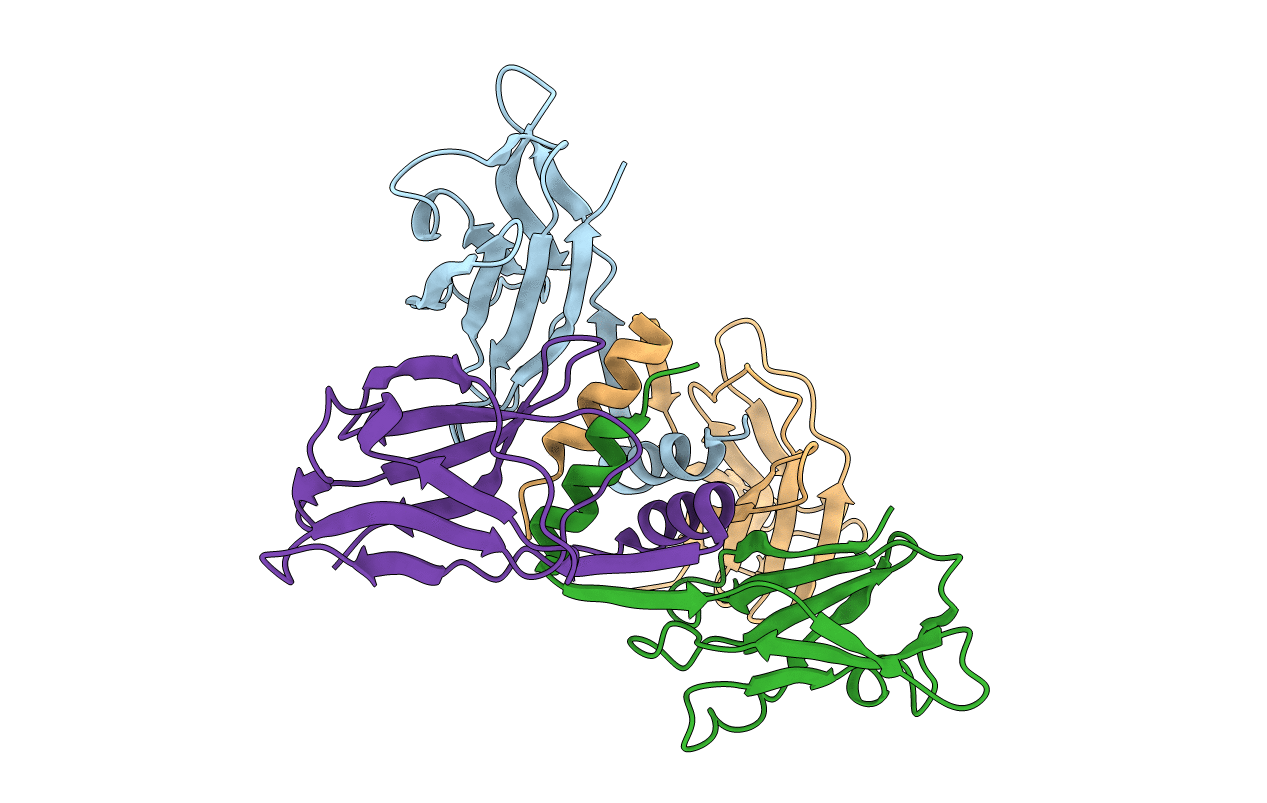
Deposition Date
2021-12-22
Release Date
2022-06-29
Last Version Date
2023-11-29
Method Details:
Experimental Method:
Resolution:
1.90 Å
R-Value Free:
0.20
R-Value Work:
0.17
R-Value Observed:
0.17
Space Group:
C 2 2 21


